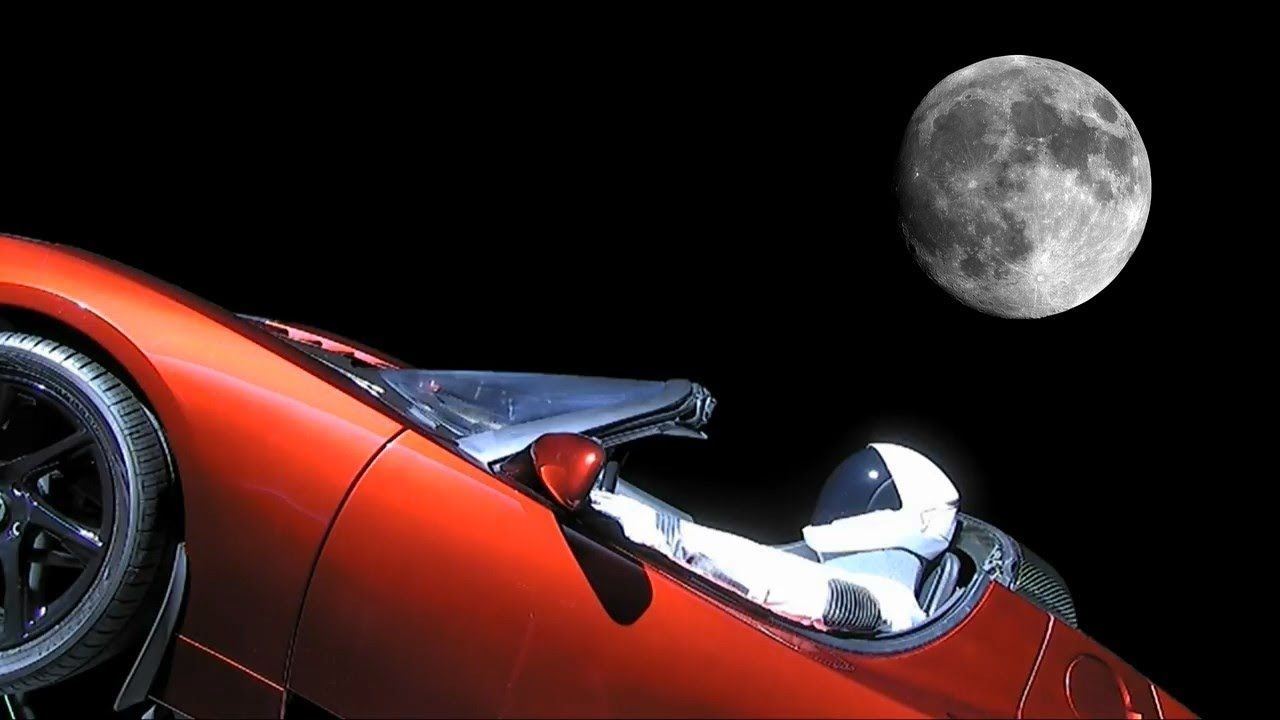Go for the Moon: What Tesla’s Futuristic Stunt Can Teach Us about Marketing Strategy

Marketing is a business investment – it’s an economic fact of life. Whether the investment comes in the form of cold hard cash or human resources, the real task at hand is always finding creative ways to maximize the return.
Every once in a while, a new story will pop up about a company that launched some new viral marketing campaign that, ostensibly, required zero investment. The latest of these was Tesla’s recent stunt in conjunction with their founder’s other business – SpaceX. Elon Musk sent a Tesla Roadster into space to “drive” into the great unknown.
The headline says it all – “With a $0 Ad Budget, Tesla Just Pulled off One of the Greatest Marketing Stunts Ever.” More accurately, the headline says all you need to know about the perception of this event. The truth is a little more nuanced.
Read the article a little farther and you’ll see that SpaceX – also owned by Elon Musk – made a $500 million investment to make the Falcon Heavy launch a possibility. That’s in addition to the cost of the Roadster. Along with that, both companies surely had members of their staff assigned to this project with labor costs involved. Time is money, as they say.
That’s not to say the campaign wasn’t a success. The real marketing headline here should be focused on the creativity of the idea and the synergy between the various company segments to pull off such an ambitious campaign. That’s where the rubber hits the road, or in this case, the skyway.
Open Lines of Communication
To realize maximum return on a marketing spend, all business segments in the organization need to communicate well with the marketing team – especially sales. Marketing has to know which metrics are most important to the business. More than that even, marketing has to be able to tell the company’s story in a compelling way. That doesn’t happen effectively unless everyone is on the same page.
Take Tesla and SpaceX for example. The two teams had to be working in conjunction together to even consider getting a car into space. I’m no expert, but I’m guessing there were many logistical hoops they had to jump through to accomplish this incredible engineering feat. But the genius of this stunt comes when you realize that, not only is it an amazing technical achievement, but it also communicates Tesla’s brand image in a compelling way. Seeing this car traveling through space is another example of Tesla’s innovation and spirit of exploration. Those attributes are as much a part of Tesla’s brand as they are of SpaceX. And none of this would have happened if there was miscommunication between the various business segments at play.
Think Outside the Box
Even though I’m not as quick to jump on the bandwagon of Tesla’s “$0 Ad Campaign” I will say that they deserve credit for creativity. This is another important reminder for marketers. Creativity is the attribute that can often make the most significant difference in any kind of marketing campaign.
As I said before, the goal is always to get the maximum return on the marketing dollars you spend. To do that, it’s okay to get a little creative – in fact, that’s encouraged. Often when we hear the phrase “think outside the box” we think of the newest technologies and tactics available. But sometimes, thinking outside the box means revisiting a strategy that others may have deemed irrelevant or overly expensive.
At the end of the day, marketing is about finding solutions to business needs. It isn’t as important to consider where the solutions come from, so long as they meet your business need in the best way possible.
So while we may not be sending products into space anytime soon, we can all learn a few things from Tesla. The next time you’re thinking about a new marketing campaign, make sure your business segments are in communication with your marketing team and be prepared to add a little creative magic to the effort.